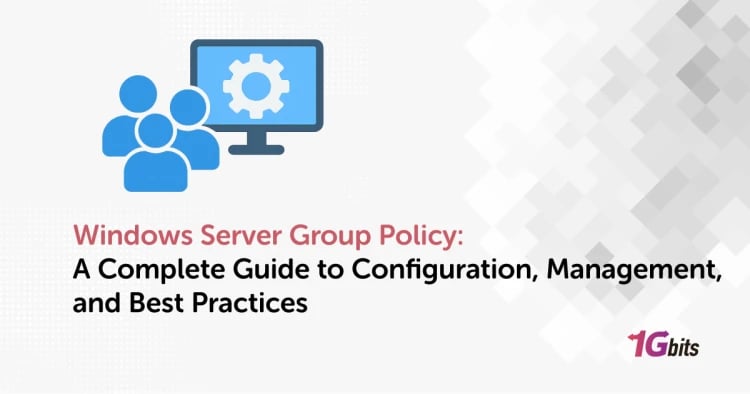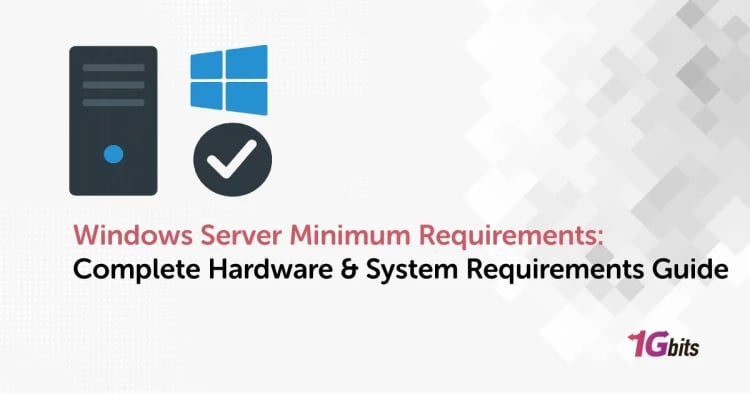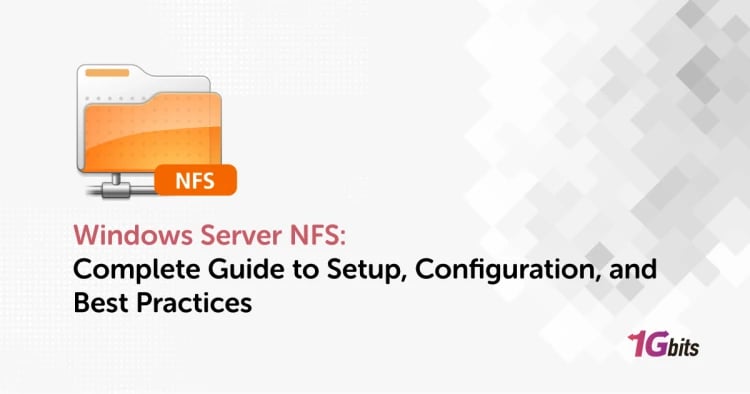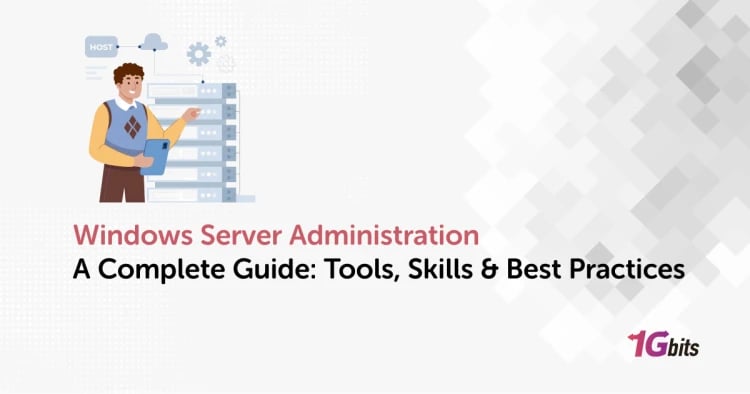If you have been working with the Windows system for a long time, then you should have come across some Windows shortcut keys to make your work easier. There are several shortcuts that are available to ease your efforts. But learning each of them is tricky, and you need to use them regularly. So to find those shortcuts online here and there, we have summed up a list of all possible shortcuts that you can use below in this article. You can refer to this article whenever you want to learn about any shortcut. Some of the shortcuts will be new to you and work amazingly quickly.
Let’s get started.
General Shortcuts
Below are the most commonly used Windows shortcuts that you might be already using.
- F1 - it will display a Help screen on your browser.
- F2 - it will rename the selected item
- F3 - it will allow you to search a specific file or folder
- F4 - it will show the address bar list within File Explorer
- F5 - it will refresh the active window
- F6 - this will iterate through all the screen elements in a window
- F10 - it will activate the Menu bar of an active app
- ALT + F4 - it will close the active item or app
- ALT + ESC - you can iterate through items in the order in which they were opened
- ALT + Underlined Letter in menus and dialogue box options - it will perform the command for the selected letter
- ALT + ENTER - it will display properties for the selected item
- ALT + SPACEBAR - it will open the shortcut menu of the active window
- ALT + LEFT ARROW - move back
- ALT + RIGHT ARROW - move forward
- ALT + PAGE UP - move up one screen
- ALT + PAGE DOWN - move down one screen
- ALT + TAB - allows you to switch between open apps
- CTRL + F4 - it will close the active document
- CTRL + A - select all items within a document
- CTRL + C or CTRL + INSERT - copying the selected item
- CTRL + D / DELETE - deleting the selected item and move it to the Recycle Bin
- CTRL + R or F5 - refreshing the active window
- CTRL + V or SHIFT + INSERT - pasting the selected item
- CTRL + X - it will cut the selected item
- CTRL + Y - you can redo an action
- CTRL + Z - you can undo an action
- CTRL + RIGHT ARROW - moving the cursor to the next word’s beginning
- CTRL + LEFT ARROW - moving the cursor to the previous word’s beginning
- CTRL + DOWN ARROW - moving the cursor to the next paragraph’s beginning
- CTRL + UP ARROW - Move the cursor to the beginning of the previous paragraph
- CTRL + ALT + TAB - switching between all open apps
- CTRL + ALT + DEL - Shutdown shortcut key
- CTRL + ESC - it will open the Start screen
- CTRL + SHIFT + ESC - it will open Task Manager (Task manager shortcut)
- Windows Shift S - Windows screenshot shortcut
- ESC - it will leave the current task
Windows key Shortcuts [Shortcut keys in computer]
Most of the below-mentioned shortcuts are introduced in Windows 8’s Metro UI and can be seamlessly used in Windows 8 and above.
- Win + F1 - for opening Windows Help and support
- Win - it will display or hide the Start screen
- Win + B - it will set focus in the notification area
- Win + D - it will display and hide the desktop
- Win + E - it will open File Explorer
- Win + F - it will open the Search charm to search for files
- Win + H - it will allow you to open the Share charm
- Win + I - you can open the Settings charm
- Win + K - you can open the Devices charm
- Win + L - it will lock your PC
- Win + M - you can minimize all windows
- Win + O - it will lock device orientation
- Win + P - it lets you choose a presentation display mode
- Win + R - it will open the Run dialogue box
- Win + S - allow you to open the Search charm to search through Windows and the web
- Win + T - it allows you to cycle through apps available on the taskbar
- Win + V - you can iterate through notifications
- Win + SHIFT + V - you can iterate through notifications in reverse order
- Win + X - allow you to open the Quick Link menu
- Win + Z - it will display all the commands available in the app
- Win + , - you can temporarily peek at the desktop
- Win + PAUSE - it will show the dialogue box for System Properties
- Win + SHIFT + M - it will restore the minimized windows
- Win + Tab - you can iterate through recently used apps
- Win + SHIFT + TAB - you can iterate through recently used apps in reverse order
- Win + CTRL + B - you can move to the app displaying a message in the notification area
- Win + UP ARROW - it will maximize the window
- Win + HOME - it will minimize all but the active desktop window
- Win + SPACEBAR - it will switch input language and keyboard layout
- Win + ENTER - it will open the Narrator
- Win + SHIFT + . - it will iterate through open apps
- Win + . - you can iterate through open apps
- Win + ALT + ENTER - it will open the WindowsMedia Center
- Win + +/- - it allows you to zoom in or out using Magnifier
- Win + ESC - it will exit the Magnifier
Dialogue box Shortcuts
You can use the following keyboard shortcuts within dialogue boxes.
- F4 - it will show the items in the active list
- CTRL + TAB - Moving forward through tabs
- CTRL + SHIFT + TAB - Moving back through tabs
- CTRL + (NUMBER 1-9) - Moving to nth tab
- TAB - Moving forward through various options
- SHIFT + TAB - Moving back through various options
- SPACEBAR - you can select the check box if the active option is a check box
File explorer Shortcuts
You can use the following shortcuts whenever you work with File explorer’s windows.
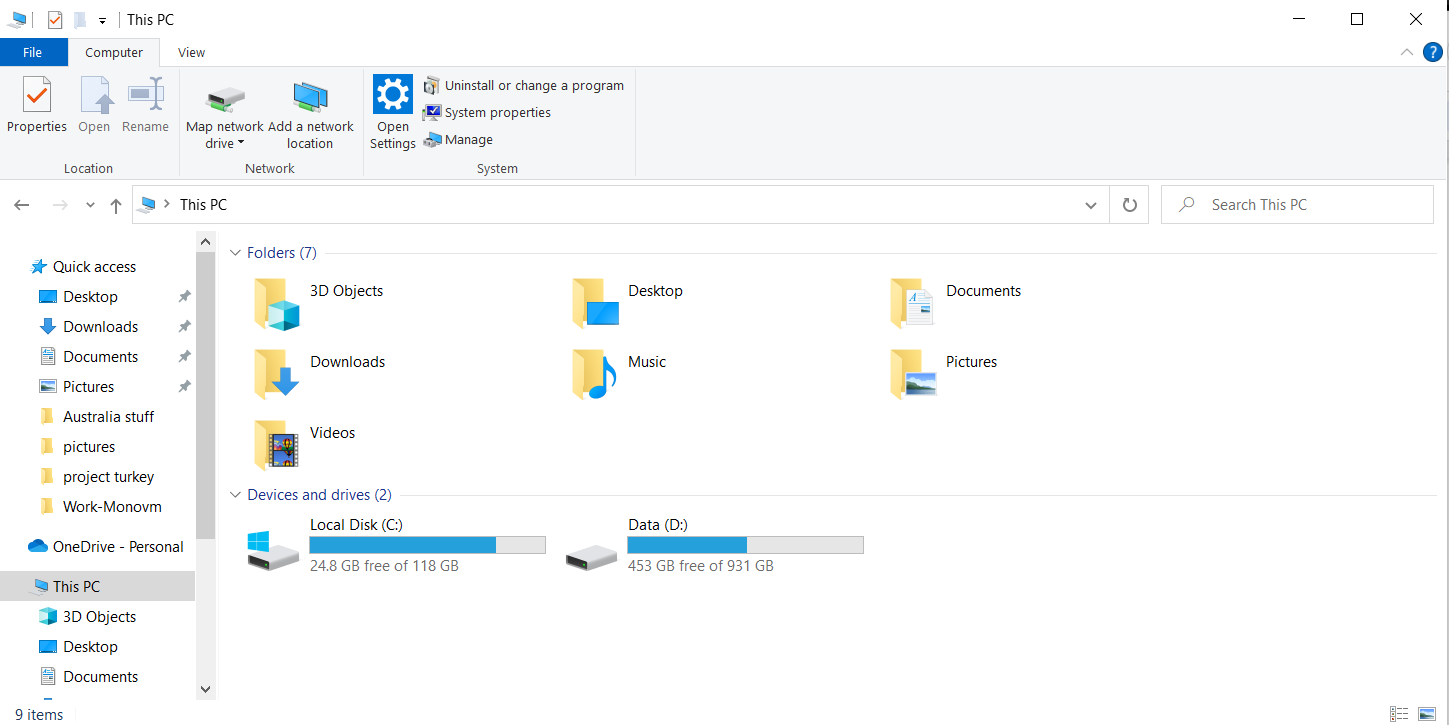
- ALT + D - choose the address bar
- CTRL + E - choose the search box
- CTRL + F - choose the search box
- CTRL + N - you can open a new window
- CTRL + W - exit from the current window
- CTRL + mouse scroll wheel - alter the size and appearance of icons of file and folder
- CTRL + SHIFT + E - show all folders that are above the selected folder
- CTRL + SHIFT + N - it will create a new folder
- NUM LOCK + * - show all subfolders of the selected folder
- NUM LOCK + + - show the files of the selected folder
- NUM LOCK + – - close the selected folder
- ALT + P - open the preview pane
- ALT + RIGHT ARROW - go to the next folder
- ALT + UP ARROW - View the folder holding the specific folder
- ALT + LEFT ARROW - to check the previous folder
- BACKSPACE - to check the previous folder
- RIGHT ARROW - shows the current selection or select the first subfolder
- LEFT ARROW - close the current selection
- END - shows the bottom of the active window
- HOME - shows the top of the active window
Taskbar Shortcuts
You can use the following shortcuts to work around the desktop’s taskbar.
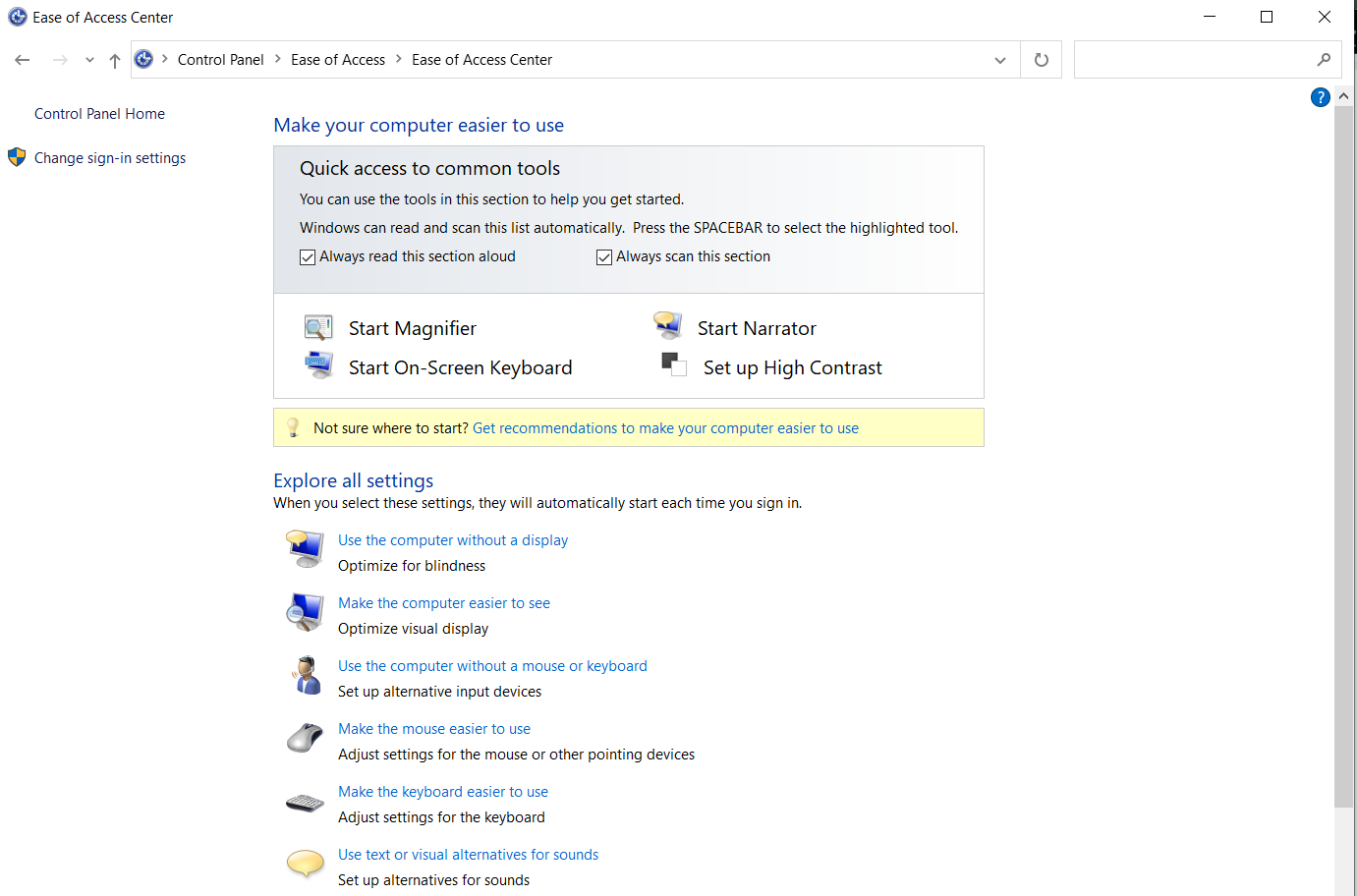
- SHIFT + Click a Taskbar Button - to open another instance of an app
- CTRL + SHIFT + Click a Taskbar Button - Open the app with administrator access
- SHIFT + Right-click a Taskbar Button - display the window menu of that app
- SHIFT + Right-click a Grouped Taskbar Button - display the window menu of the groUP
- CTRL + Click a Grouped Taskbar Button - iterate through the windows of the groUP
Ease of access Shortcuts
You can use the following shortcuts for easy access to your computer.
- Hold RIGHT SHIFT for eight seconds - turning on/off the Filter Keys
- LEFT ALT + LEFT SHIFT + PRINT SCREEN - Turning on/off the High Contrast
- LEFT ALT + LEFT SHIFT + NUM LOCK - Turning on/off the Mouse Keys
- Press SHIFT five times - Turning on/off the Sticky Keys
- Press NUM LOCK for five seconds - Turning on/off the Toggle Keys
- Win + U - opening the Access Center
Magnifier Shortcuts
You can use the Magnifier with the help of the following shortcuts.

- Win + + - you can zoom in
- Win + – - you can zoom out
- CTRL + ALT + SPACEBAR - check the desktop preview in full-screen mode (Full screen shortcut)
- CTRL + ALT + D - change to docked mode
- CTRL + ALT + F - change to full-screen mode
- CTRL + ALT + I - helps in changing colors
- CTRL + ALT + L - change to lens mode
- CTRL + ALT + R - change the size of the lens
- Win + ESC - close the Magnifier
Narrator Shortcuts
You can use the following keyboard shortcuts to use Narrator.
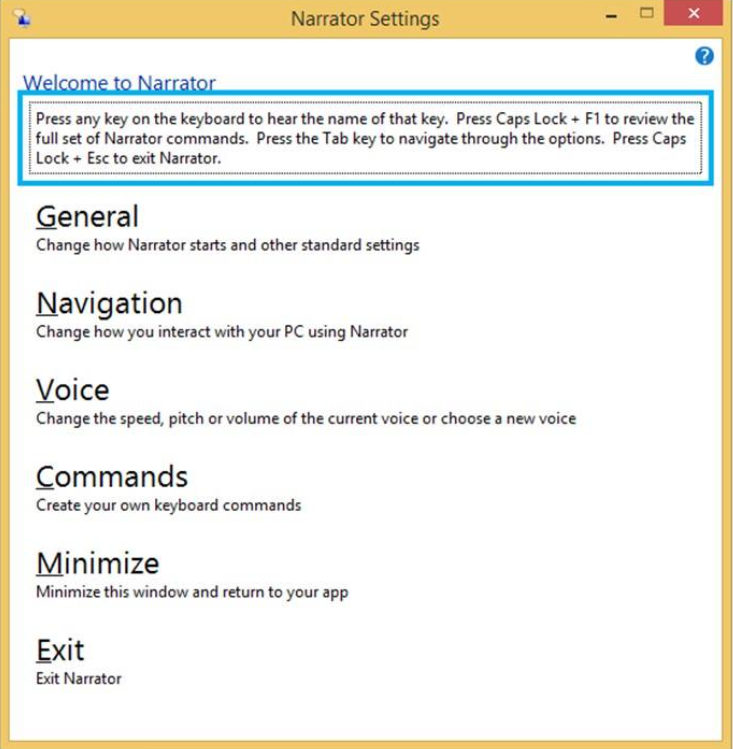
- SPACEBAR or ENTER - open the current item
- TAB + ARROW Keys - scroll the screen
- CTRL - Stop the reading mode
- CAPSLOCK + D - you can read the item
- CAPSLOCK + M - start reading the item
- CAPSLOCK + H - reading the document
- CAPSLOCK + +/- - Increase/decrease voice’s speed
- CAPSLOCK + SPACEBAR - performing the default action
- CAPSLOCK + LEFT or RIGHT ARROW - Moving to previous/next item
- CAPSLOCK + F2 - displaying the commands for the current item
- Caps + ESC - close the Narrator
Help viewer Shortcuts
You can use the following keyboard shortcuts to work around the help viewer.
- F3 - moving the cursor to the search box
- F10 - showing the Options menu
- HOME - change the cursor position to the beginning of a topic
- END - change the cursor position to the end of a topic
- ALT + LEFT ARROW - it will take you to the previously viewed topic
- ALT + RIGHT ARROW - it will take you to the next (previously viewed) topic
- ALT + HOME - showing the Help and Support home page
- ALT + A - showing the customer support page
- ALT + C - showing the TABle of Contents
- ALT + N - show the Connection Settings menu
- CTRL + Flook for the current topic
- CTRL + P - giving the print for a topic
Conclusion
Windows is the most commonly used operating system, whether individually or in companies, due to its ease of handling and performing applications. Windows OS comes with several Windows shortcut keys that reduce your manual efforts to perform a specific task. Remembering all the shortcuts might be challenging, but you will hone these skills with constant practice. You can refer to this article for various Windows shortcuts and use them daily. There are more shortcuts, but we have mentioned the frequently used shortcuts.
For those who manage large-scale applications or websites, using a Windows dedicated server can significantly enhance performance and security. A dedicated server running Windows OS offers greater control, reliability, and the ability to customize the environment to meet specific needs. With the same ease of handling as your personal Windows OS, managing a Windows dedicated server becomes seamless, especially when leveraging the power of these shortcuts.
People also read:







